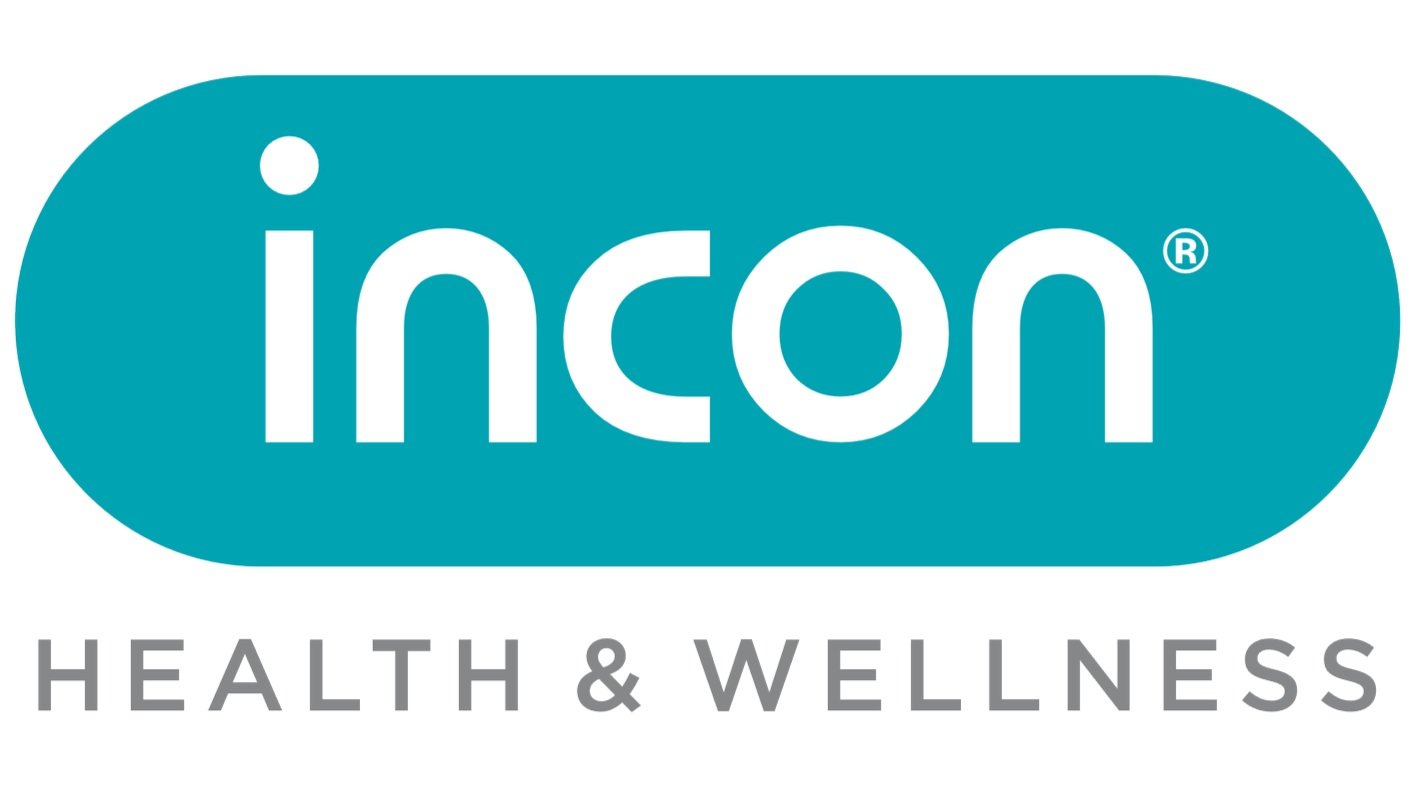Invisible Risks in the Workplace
What Your Workplace Might Be Missing
When we think about workplace health and safety, it’s easy to focus on the obvious - machinery, PPE, fire drills. But some of the most harmful risks are the ones you can’t see. And if you’re not actively looking for them, they’re likely to be missed.
From poor air quality to silent stressors, today’s work environments present a host of hidden hazards that impact both well-being and productivity. Identifying and addressing these issues early can prevent long-term consequences for employees and employers alike.
1. Air Quality and Ventilation
Indoor air quality has a direct impact on cognitive function and overall health. Poor ventilation, dust, mould or chemical exposure can lead to fatigue, respiratory issues, and reduced concentration. Regular air quality assessments are key to a healthier work environment.
2. Ergonomic Strain
Bad posture, poor desk setups, and repetitive tasks can lead to musculoskeletal problems over time. These strains are often dismissed until they become chronic. Ergonomic audits and practical adjustments can make a big difference in comfort and long-term injury prevention.
3. Noise Pollution
Background noise in offices, warehouses, or industrial settings may not seem disruptive - but it can lead to stress, concentration issues, and even hearing damage over time. Measuring noise levels and providing quiet zones or protective equipment helps manage this silent strain.
4. Psychological Stress
Not all risks are physical. High workloads, unclear roles, or lack of support can cause chronic stress - leading to burnout, absenteeism, and disengagement. Promoting mental health awareness and providing access to support services is vital to a healthy workplace culture.
What You Don’t See Can Hurt Your Business
Invisible risks are just as important as the visible ones. Proactive assessments and early interventions can reduce long-term health issues, improve productivity, and foster a safer, more supportive workplace.

